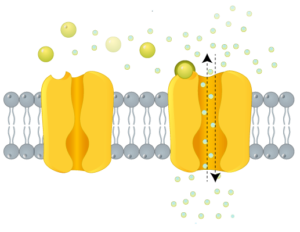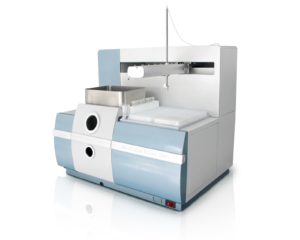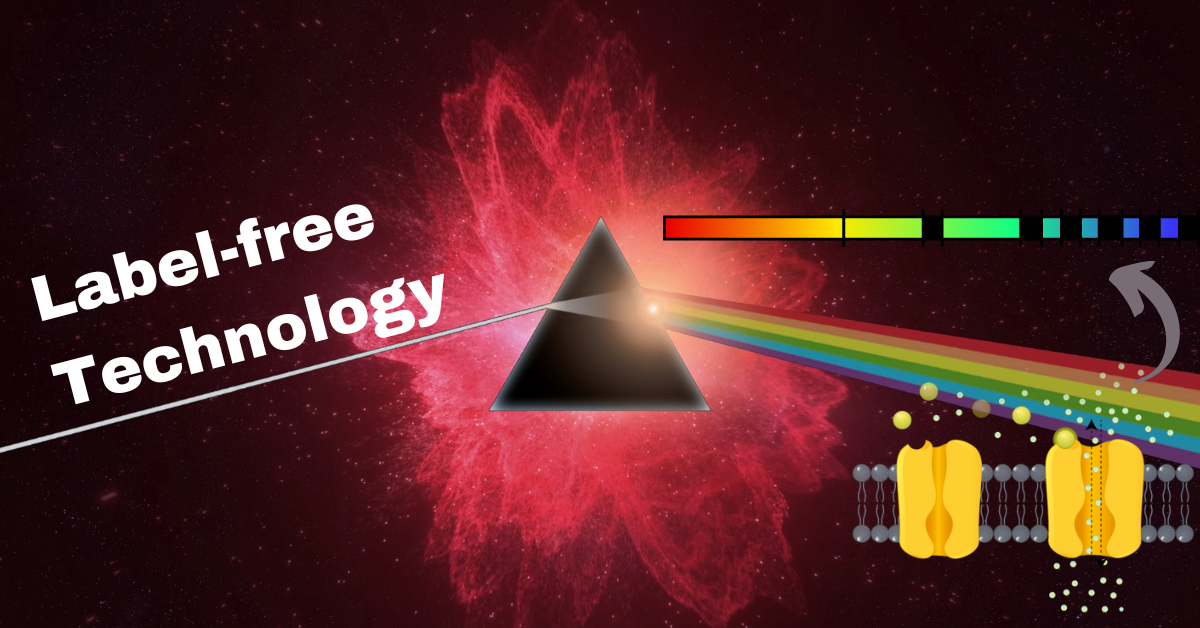In 2000, Aurora Biomed became the first company that developed a non-radioactive, label-free technology for high throughput screening of ion channel and transporter targets. Aurora’s ion channel reader (ICR) technology has been rapidly incorporated into many pharmaceutical drug discovery pipelines and academic labs.
How an Ion Channel Reader Works
This technology detect the movements of ion across membrane proteins through quantifying intracellular and extracellular ion concentrations of interest using atomic absorption spectroscopy (AAS). This is a technique that is independent of and complementary to methods that rely on voltage manipulation. Since ion flux is a direct measure of channel and transporter activity, such assays are robust and less sensitive to disturbances.
In recent years, a number of techniques have emerged to discover ion channels and their activities. Three main techniques that are well-known for studying ion channels’ pharmacology include the 1) ligand-binding assay, 2) membrane potential measurement, and 3) ion flux assay. Regardless of the assay types, the instruments used for the readouts are four different types, including the radiometric, fluorometric, electric, and spectrometric. These techniques are based on high throughput screening, and each of them has a few pros and cons depending on the type of experiment.
Ion Channel Reader comparable to Patch Clamp Electrophysiology results
During the past decades Aurora’s ICR has been compared to other available drug discovery instruments and it has been shown to obtain similar results to the patch clamp, i.e. gold standard electrophysiology method as well as labeled methods. Aurora team had a recent review article published in frontiers in Pharmacology (See Publication) that also shows the application of this technology in the study of TRP ion channels as important and promising drug targets. It also has shown unique features of ICR including various increase in throughput, miniaturization, and reducing the signal-to-noise ratio using atomic absorption spectrometry combined with flux assay. Labeled tracer ions are used in this technique to measure the movement of ionic flux across the cell. The channel opens through a stimulus that allows the movement of ions through the channel across the cell membrane. The technique is based on functional changes in the activity of the ion channel. Depending on the type of trace element labeling, the detection can be done by radioactive decay, fluorescent, spectroscopy, or electronic plate readers.
All in all the findings supports the fact that ICR with the use of flux assay and its patented technology is as an excellent primary screening method for various drug targets, determining drug potencies or as an influential secondary screen for drug safety analysis.
Ion Channel Reader (ICR) could fully automate high throughput format of non-radiolabeled tracer-based flux assay for efficient, precise, and reproducible ion channel activity screening. And also it is responsive to adaptation for studying different ion channels, including the potassium (K+), sodium (Na+), chloride (Cl−), and calcium (Ca2+) channels, as well as ion transporters, by using suitable tracer ions.
Ultimately, use of ion channel reader provides a better framework for evaluating natural or synthetic pharmacological agents for treating ion channel–associated disorders. Going forward, Aurora Biomed’s label free technology will be used by more number of researchers to evaluate their ion channels, transporters and compounds of interests.
Contact Aurora Biomed to learn more or to schedule a demo of the ion channel reader.







